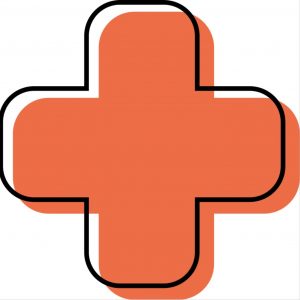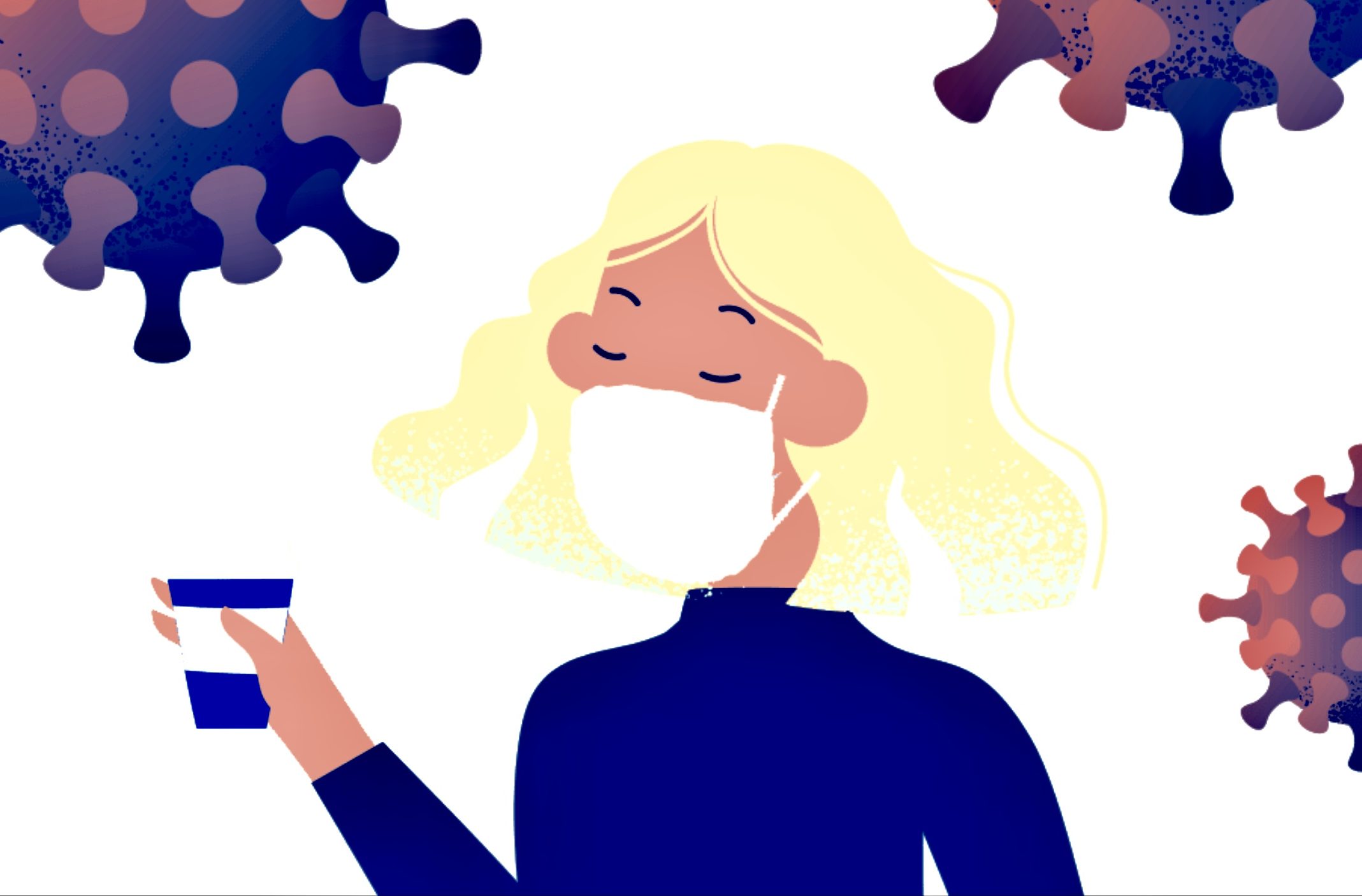This is our guide on Testing Options for COVID-19. Here, you can locate a local testing center. Or if you prefer, we list several options for in-home testing, too.
It takes 2 – 14 days from exposure to onset of symptoms. Although the incubation period is different for everyone. More, most tests work by first swabbing the nasal cavity. And then attempt to detect viral antigens. Last, the result is positive or negative.
If you do not have insurance, there is a program that will pay for your COVID-19 test.
COVID-19 Testing Options
Antibodies Test
This is a different type of test. It does not test to see if you currently have the virus. Rather, it is to see if you ever had the virus. It checks the blood for antibodies.
When we are exposed to a virus, our body will produce antibodies. They work as part of our body’s natural defense.
Antibody tests should not be used to diagnose a current infection, except in instances in which viral testing is delayed. An antibody test may not show if you have a current infection because it can take 1–3 weeks after infection for your body to make antibodies.
Decisions about testing are made by state or local health departments or healthcare providers. Antibody tests for COVID-19 are available through healthcare providers and laboratories. Check with your healthcare provider to see if they offer antibody tests and whether you should get one.
If you test positive
- A positive test result shows you may have antibodies from an infection with the virus that causes COVID-19. However, there is a chance that a positive result means you have antibodies from an infection with a different virus from the same family of viruses (called coronaviruses). Note: Other coronaviruses cannot produce a positive result on a viral test for COVID-19.
- Having antibodies to the virus may provide protection from getting infected with the virus again. But even if it does, experts do not know how much protection the antibodies may provide. Or for how long this protection may last. Confirmed and suspected cases of reinfection have been reported, but remain rare.
- Talk with your healthcare provider about your test result and the type of test you took to understand what your result means. Your provider may suggest you take a second type of antibody test to see if the first test was accurate.
- You should continue to protect yourself and others since you could get infected with the virus again.
- If you work in a job where you wear personal protective equipment (PPE), continue wearing PPE.
- You may test positive for antibodies even if you have never had symptoms of COVID-19. This can happen if you had an infection without symptoms, which is called an asymptomatic infection.
If you test negative
- You may not have ever had COVID-19. Talk with your healthcare provider about your test result and the type of test you took to understand what your result means.
- You could have a current infection or been recently infected.
- The test may be negative because it typically takes 1–3 weeks after infection for your body to make antibodies. It’s possible you could still get sick if you have been exposed to the virus recently. This means you could still spread the virus.
- Some people may take even longer to develop antibodies, and some people who are infected may not ever develop antibodies.
If you get symptoms after the antibody test, you might need another test called a viral test. Viral tests identify the virus in samples from your respiratory system, such as a swab from the inside of your nose.
Regardless of whether you test positive or negative, the results do not confirm whether you are able to spread the virus. Until experts know more, continue to take steps to protect yourself and others. This is key.
Know the Symptoms
Learn to identify the symptoms of the virus. To illustrate, here is a short video produced by the CDC. And it explains what to look for:
Emergency Warning Signs

When to seek Medical Attention:
*This list is not all possible symptoms. Please call your medical provider for any other symptoms that are severe or concerning to you.
Look for emergency warning signs* for COVID-19. If someone is showing any of these signs, seek emergency medical care immediately:
Trouble breathing
Persistent pain or pressure in the chest
New confusion
Inability to wake or stay awake
Bluish lips or face
IF YOU SEE THESE SYMPTOMS, IMMEDIATELY CALL 911
IF DRIVING FOR CARE, CALL AHEAD
This guide lists commercial products and services. We do not receive any funding, compensation or donations from these organizations. Our evaluation is objective and based on science only. More, our recommendations are made in good faith as a public service.
Top Illustration by Natasha Remarchuk, illustrations courtesy of Icon8, and bottom illustration by Pablo Marquez. Content on antibody tests is from the CDC website.

